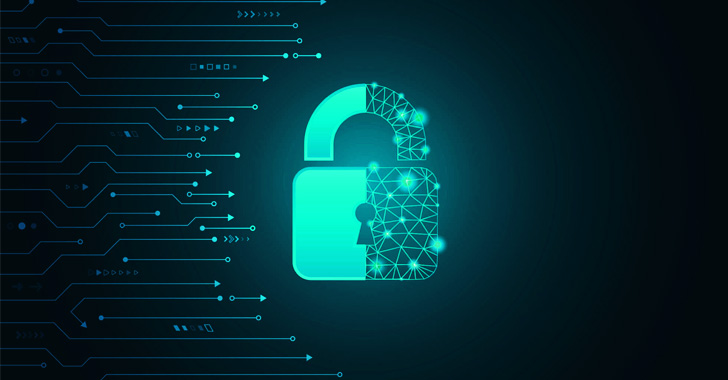
When the first computer virus was developed in 1971, the need for computer security was immediately apparent.
That was the "creeper" virus, a very benign program with the express purpose of copying itself and spreading from system to system. But every day, "threat actors" try to generate new viruses by developing new tools for malicious reasons.
It's become a game of cat and mouse as cybersecurity experts work to thwart them by trying to outdo one another. The level of intricacy on both sides of the game has evolved throughout the decades.
Honeywell's chief engineer and cybersecurity expert Eric Knapp put it this way: "Cyber Threats have grown in scale and complexity; the attack surface — the breadth of exposed targets that an attacker might go after — has become exponentially larger with the birth of the Internet and now again with the birth of the Internet of Things." As a result, "the availability of technologies to identify and prevent risks has equally increased."
Both sides are using AI and machine learning to keep up this elusive chase. The next step will be quantum computing, which will greatly improve both the offensive and defensive capabilities. This means that both the cat and the mouse will improve their abilities and speed, but the overall game won't alter significantly. This is how the field of cybersecurity is expected to develop in the future.
A cyber security course will enhance your knowledge and skills.
FURTHER RANSOMWARE DANGERS
Over the last several years, ransomware has steadily grown to become a major cyberthreat, if not the most significant. Over the years, ransomware has grown more common and dangerous. And thus it has become quite efficient as well. The organizations behind ransomware attacks stand to gain financially from them. Criminals are already incorporating ransomware into bigger assault operations, stealing important information before encrypting a target's files and attempting to hinder data recovery techniques by proactively attacking backup and recovery tools. That pattern won't break any time soon.
The Danger Posed by USBs Will Only Increase
The use of USB has become ubiquitous. They are commonplace; people expect to see them, use them, and even own them. USBs are a popular entry point for cybercriminals targeting large-scale industrial targets. Our most recent analysis on USB risks indicated that one in five malware samples were created specifically to exploit USB drives. Almost 60 percent of manufacturers are now concerned about USB security issues. 'Malware' is often underappreciated by the general public. In the common man's mind, a virus is the annoying piece of software that monitors your online activity and sends you unwanted advertisements. Malware, however, may be far more severe and harmful, and in certain circumstances in OT, this can translate to loss of visibility, meaning operators are blind to the process and cannot adequately monitor conditions. In high-hazard workplaces, that would be disastrous. Malware may also result in process loss via direct damage or by halting the operation altogether. The quantity of severe malware increased between our last USB threat report and this one.
The cyber security salary may go up to INR 10 lakhs.
Secure Remote Access
This need has arisen in light of the growing trend toward remote work and the associated necessity to protect against unauthorized remote access. Businesses need to reevaluate their security strategies in light of the new realities presented by today's decentralized networks. Meanwhile, cybercriminals are adapting their methods to include attacks on remote workers who are still linked to the company's network. Best practices in operational technology have been around for decades, preparing the cybersecurity sector for the need of totally and physically separating vital operations. For instance, a crucial distant worker may be issued a laptop with a single, specific function, and no access to the internet, email, or social media.
Increased Mechanization
The necessary tools for doing cyber duties effectively. Simply said, it's a function of size. Humans, with their capable brains, will always be the deciding factor in whether or not a cyber operation succeeds, whether they be the cat or the mouse. But there are too many potential threats (there are certainly over a billion viruses now), too many vectors, and too many targets to keep track of. This has to be made easier to understand. To assist make sense of all that noise before it reaches human security specialists, we are already making use of machine learning and artificial intelligence today.
Attackers are aware of the constraints computers have. Hackers often use the strategy of creating diversions, flooding the screens of security experts with red herrings or sometimes plain fictitious occurrences. Even the most skilled analysts with the most advanced technologies may feel overwhelmed at some point. With the cloud's better scalability and cheaper cost, this is an area where it has been possible to make significant progress (making it feasible to use). Quantum computing will play a vital role as well, sifting through potentially countless permutations to find or anticipate the smallest of threats.
Cyber defense in depth is a tactic that will likely be in use for the foreseeable future. Rather than relying on a single technology or set of procedures, businesses should have a number of them in place to assist lower the risk of cyber attacks.
Cyber security certifications will be added assets to your resume.



























